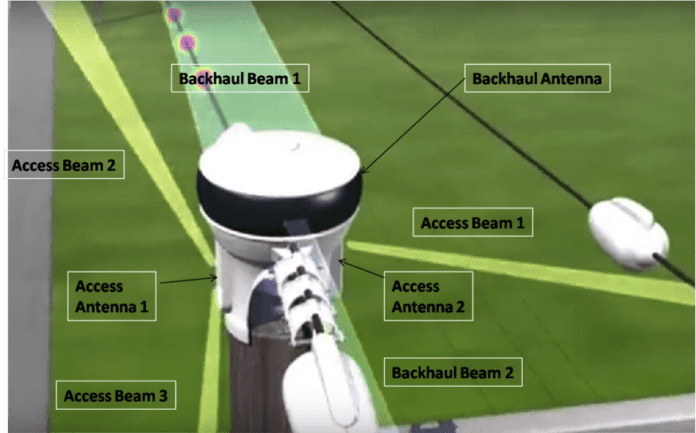In simple terms, the prevailing wisdom is the more data, the better. More data equals better decisions, which equals better products, and more users. That is the theory, anyway.
The problem is the volume of processed data, at least from industrial setups, has been largely flat for 30 years. Most of the data generated by enterprises is never available for analysis. Instead, it is retained on site, and eventually trashed.
At a company Transformation Day in Milan towards the end of last year, and variously at other functions, AWS showed slides that also quoted a minor study about the hard graft of data science. On average, data scientists spend about eighty per cent of their time preparing data for analysis – on collecting, cleaning, organising.
The study, also found in Forbes, suggested just 16 per cent of their time is spent training, mining and refining data to eke out precious insights. It is a hard road, which really needs compute power and machine learning tools at every corner.
“If you knew the state of everything and could reason on top of that data, what problems would you solve?” This is the question AWS invariably asks its interlocutors when discussing the combination of sensors, edge and cloud computing, and machine learning in the industrial space.
Really, it is only by combining these elements that we will be able to take that question entirely seriously. The clank and boom of new digital solutions is needed to connect operational technology, lighten the data scientists’ load, and bring new light to industry.
Here are four brief use cases, as presented to Enterprise IoT Insights by AWS, which combine that holy trinity of new industrial disciplines.
Pentair | Water filtration
“Pentair provides water filtration systems equipped with sensors to fish farms and large industrial brewing customers. Most of its industrial customers are located in geographies with unreliable internet connectivity. They need to send data from sensors and devices to the cloud while continuously maintaining connection, which is challenging in remote areas.
“From Pentair’s water filtration systems, data is sent to AWS IoT Core. When connectivity is limited, AWS IoT Greengrass provides Pentair with a local connection so data is never lost. Pentair can make decisions in near real-time that impact the health of its devices but also the health of the fish – which in turn, results in better yields, prevents the spread of disease, and lowers the cost of operations.”
Enel | Power distribution
“Enel was looking to manage network distribution at the edge. It was seeking to collect sensor and meter data [from] over 500,000 [substation] cabins to measure energy consumption, monitor network behaviour in real time, and track effects of seismic waves and earthquakes.
“Enel implemented AWS IoT Greengrass to collect, convey, and process the largest amount of data to trigger actions, govern activities, respond to anomalies, and promote new services. The project is the widest so far in Europe and provides Enel an opportunity to leverage data to design a better future.”
Nokia | Oil drilling
“Nokia needed an industrial IoT solution so it could analyse video streams from oil operations in the field at the edge, and send data to remote centres only when anomalies are detected. The solution is the deployment of AWS IoT Greengrass on Nokia’s Multi-Access Edge Computing platform, and combines with Nokia’s private mobile network solutions.
“This joint solution makes it possible for the oil industry to pair real-time drilling data with production data of nearby wells. Due to the cost of bandwidth, this allows Nokia to optimise data sent to other wells and to the cloud, based on rules and alerts set up on the locally-processed data.”
Stanley Black and Decker | Construction
“Stanley Black and Decker finds it unsustainable to ingest, transmit, store, query, and analyse all data generated at the edge and more specifically on construction sites or rural areas with constrained network resources. AWS IoT Greengrass enables Stanley Black and Decker to monitor and filter data at the edge of the network enabling applications to send asset health and predict any mechanical failures before they occur.
“Edge-based applications built on Greengrass will help detect and compare vibrations emitted by high value tools to historical signatures that indicate everything from normal operations to imminent failure. Instead of trying to use all the data, Stanley Black and Decker will utilise Greengrass to focus on the right data. Applications include remote troubleshooting of hydraulic assets by technicians, maintenance interval tracking, fuel savings, and alerts.”
A new report and webinar on edge computing in industrial IoT setups, called AI and IoT at the cutting edge – when to move intelligence closer to the action, is available; go here for the report, go here for the webinar.

